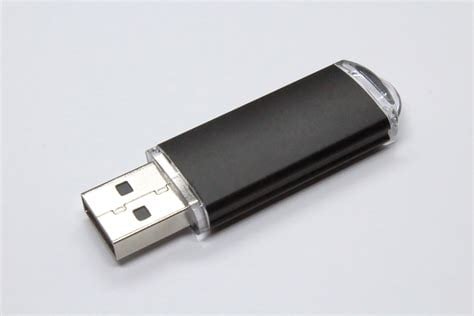this post was submitted on 01 Feb 2025
25 points (96.3% liked)
Ask Electronics
3414 readers
94 users here now
For questions about component-level electronic circuits, tools and equipment.
Rules
1: Be nice.
2: Be on-topic (eg: Electronic, not electrical).
3: No commercial stuff, buying, selling or valuations.
4: Be safe.
founded 2 years ago
MODERATORS
you are viewing a single comment's thread
view the rest of the comments
view the rest of the comments

Soldering the connector is very low risk. No need to worry about heat from an iron. In manufacturing, modern PCBs have their lead-free solder flowed in an oven at temperatures in excess of 220 C.
Reconnecting or accessing the files using just office supplies is possible provided there is access to a fine-point soldering iron or the means to DIY one. In this situation, I’m thinking of office supplies as “things you might find in an office” - not just rubber band, paperclip, eraser, pocket lint.
I’ve cut USB cables and soldered the 5V, D+, D-, and GND wires to corresponding pads on the flash drive to recover data plenty of times.
When a connector is torn or snapped off, it is not uncommon for those pads to be lifted and even for some of the traces to get peeled off the board. 5V and GND are usually pretty big, but the traces for the data lines are often hair thin.
In those cases, someone in the scenario you describe would need to attach the wires to another point that those traces origin connected to, or they might need to scrape away some if the mask (green layer) to expose a contact point to solder to.
Worth mentioning that those four contacts make a USB 2.0 (500Mbps) connections. For USB 3 (5Gbps) there are 5 more contacts, for a total of 9.
USB Type C has 20 contacts and will require a microscope to work with.
Since the USB standards are backwards compatible, you could still recover data from a USB-C device by recreating just the four USB 2.0 contacts - albeit slowly.